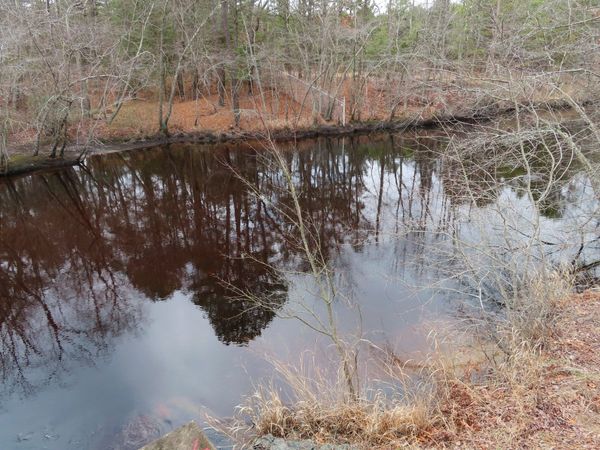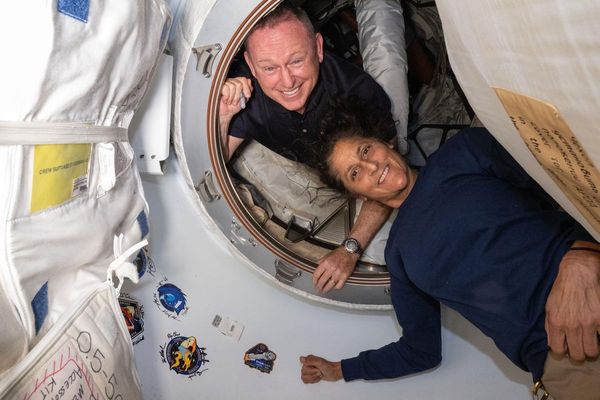
Labor will introduce a bill next week to make the Commonwealth’s current contribution to public school funding a “floor” rather than a “ceiling”, Crikey can reveal. Meanwhile, a fight over the funding involving several states and the ACT appears set to drag on until at least next year.
The Commonwealth has so far been contributing 20% to the funding of government schools under what’s known as the schooling resourcing standard, an “estimate of how much total public funding a school needs to meet its students’ educational needs”, in the words of the Department of Education. The states and territories are meant to contribute the remaining 80%.
Victoria, NSW, South Australia, Queensland and the ACT all joined the Australian Education Union in demanding the federal contribution to be bumped up to 25%. Education Minister Jason Clare has insisted on only raising it to 22.5%, and has in the past few weeks convinced Tasmania and Western Australia to accept those terms. (The Northern Territory, considered a special case with “the most underfunded public schools in the country”, secured a 40% contribution from the federal government in July).
Clare even set a deadline of September 30 for the holdout states to give up their fight: “The remaining states and territories have until the end of September to confirm they will sign this agreement or continue with the current funding arrangements,” he said in late July.
That deadline has now come and gone. Crikey understands NSW and Victoria were not interested in taking the federal government’s deal, while South Australia is still in talks about it. The ACT and Queensland are in election mode and will have to deal with the funding issue once new governments have been elected there.
“I have put $16 billion of additional funding on the table to fully fund public schools across the country,” Clare told Crikey.
“I have reached agreements with the Northern Territory, Western Australia and Tasmania to fully fund their public schools. Those agreements see the Commonwealth and the states and territory chipping in more funding from next year.”
Clare’s office downplayed the significance of the September 30 deadline, and the minister himself said “the current funding contribution from the Commonwealth will roll over for next year” for any states that don’t want to sign on.
Clare also revealed he will introduce a bill next week to make the current 20% contribution the new minimum, removing “the cap that stops the Commonwealth from providing more funding for public schools”.
“[The legislation] will get rid of the current cap or ceiling of 20% and make that a floor to build upon,” he said.
“The government has consulted with the states and territories and other relevant stakeholders on the development of the legislation.”
However it appears that inside federal Parliament, only the opposition has been consulted on the bill — Crikey understands that unlike the Greens, the Coalition has been made aware of the bill ahead of time.
Reacting to Clare’s comments to Crikey about the intentions of the bill, Greens primary and secondary education spokesperson Penny Allman-Payne said: “If Labor sets and forgets the funding share at 20% they’ll be condemning another generation of public school kids to less than the bare minimum of funding and locking in a two-tier system that is already one of the most inequitable in the OECD.”
“Labor gives fee-charging private schools $51 million every day, but they’re turning their backs on public schools,” she added. “Teachers’ unions, principals, experts and the Greens have said clearly that nothing less than a 25% Commonwealth share of public school funding will do.”
If the government is to pass its bill through the Senate, it needs the support of either the Greens or the Coalition. It’s unclear how the Coalition views the bill, given Liberal Education spokesperson Sarah Henderson declined to comment.
Australian Education Union federal president Correna Haythorpe said the negotiations with the holdout states and the ACT had “stalled” and that Clare’s September 30 deadline had no effect.
“In my view, it was always an arbitrary deadline and didn’t mean much in reality. There is still capacity for negotiations to continue between the Albanese government and state and territory governments,” she told Crikey.
“It would be an extraordinary situation for the Albanese government to contemplate holding back funding for states under the current funding arrangements while they are heading into a federal election period. This would lock in inequality for public schools.
“Our position remains steadfast. The commonwealth needs to put in the full 25% of the [schooling resource standard] and states need to lift to 75%. Anything less is not full and fair funding for public schools.”







